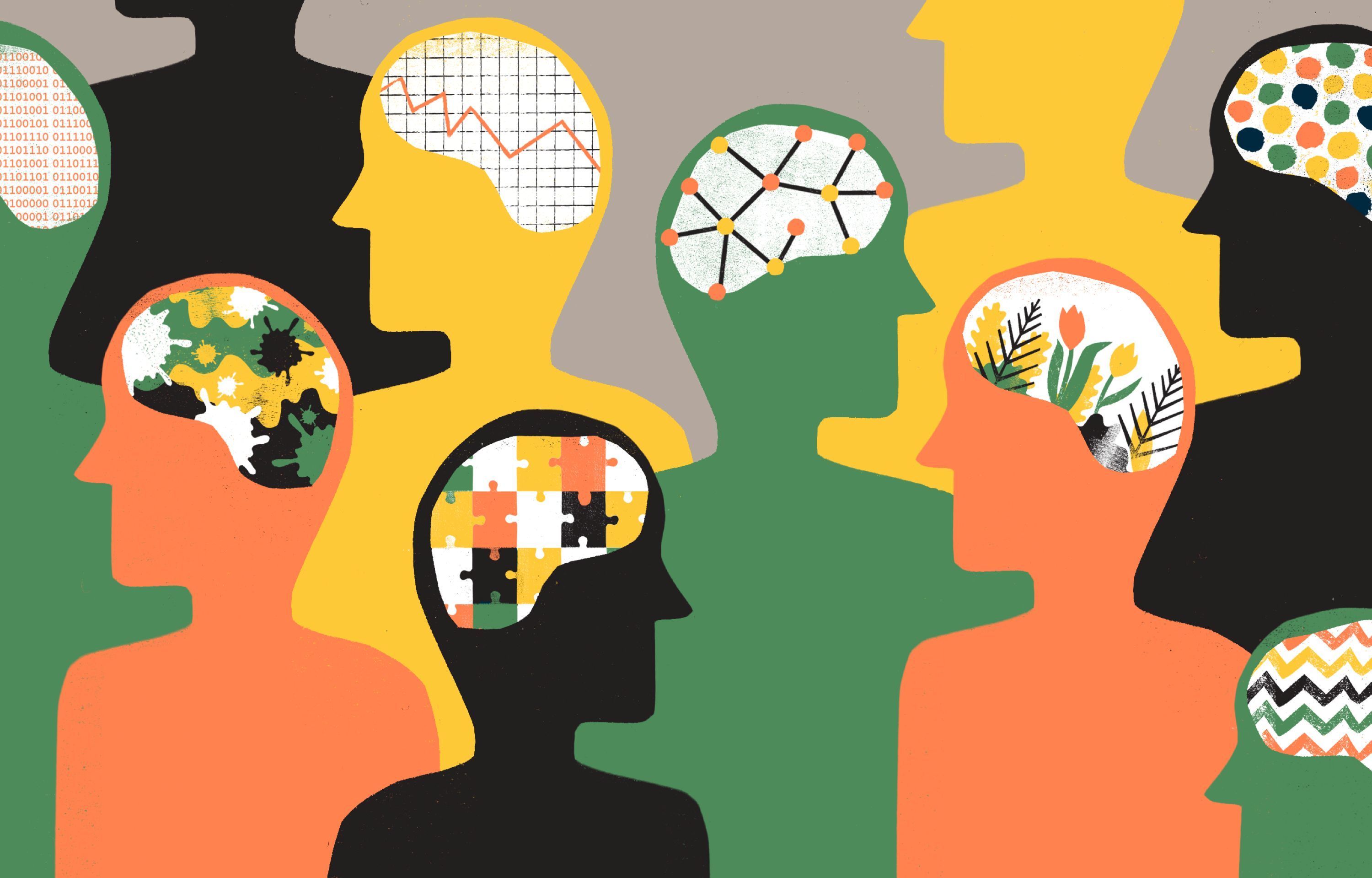Autism Is Not a Single Condition and Has No Single Cause, Scientists Conclude
Autism Is Not a Single Condition and Has No Single Cause, Scientists Conclude
Autism, a complex neurological disorder that affects communication, social interaction, and behavior, is…

Autism Is Not a Single Condition and Has No Single Cause, Scientists Conclude
Autism, a complex neurological disorder that affects communication, social interaction, and behavior, is not a single condition with a single cause, according to a recent study conducted by scientists.
The study, which analyzed genetic, environmental, and neurological factors, concluded that autism is a spectrum disorder with a wide range of symptoms and severity.
Scientists have identified genetic mutations, environmental influences, and brain abnormalities as potential contributing factors to the development of autism.
While the exact cause of autism remains unknown, researchers believe that a combination of genetic predisposition and environmental triggers may play a role in the development of the disorder.
Studies have shown that individuals with autism have differences in brain structure and function, particularly in areas related to social behavior and communication.
Early diagnosis and intervention are crucial in managing the symptoms of autism and improving the quality of life for individuals with the disorder.
Research into the causes of autism is ongoing, with scientists working to better understand the complex factors that contribute to the development of the disorder.
By recognizing that autism is not a single condition with a single cause, researchers hope to develop more personalized treatments and interventions for individuals on the autism spectrum.
Despite the challenges of living with autism, many individuals with the disorder lead fulfilling and successful lives, thanks to the support of their families, communities, and healthcare providers.
Through continued research and collaboration, scientists are hopeful that they will one day unravel the mysteries of autism and develop more effective treatments and interventions for individuals with the disorder.





